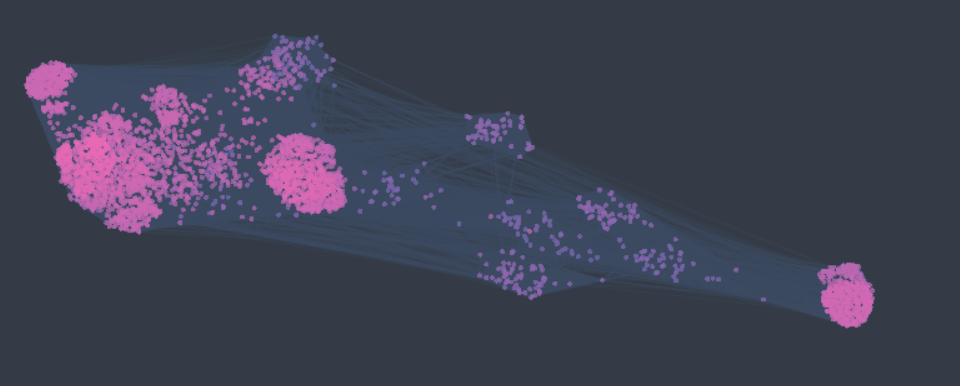Comparative Genomics & Evolution
Return to Research Areas
Our group uses computational approaches to understand how sensory systems differ across species, and how those systems originated and evolved. Sensory systems contain some of the largest, most complex, and most rapidly evolving gene families in existence; so, we are also interested in methods for exploring these difficult-to-dissect gene families. This work has led to the discovery of previously unknown relationships across species and the description new gene families (e.g., TRP Soromelastatin and the 7-Transmembrane Ion Channels [7TMICs]). By combining approaches in genomics, artificial intelligence, in silico protein structure prediction and analysis, phylogenetics, network/graph-theory, and other big-data bioinformatics, our group hopes to reconstruct and revive ancestral sensory systems, asking: